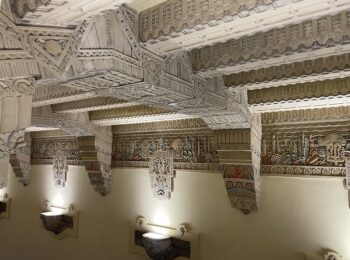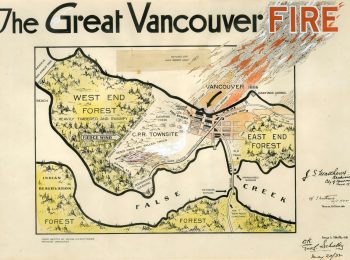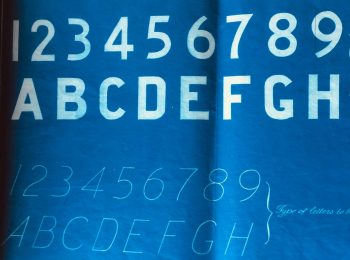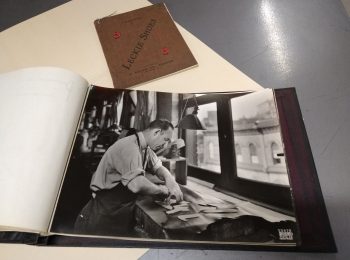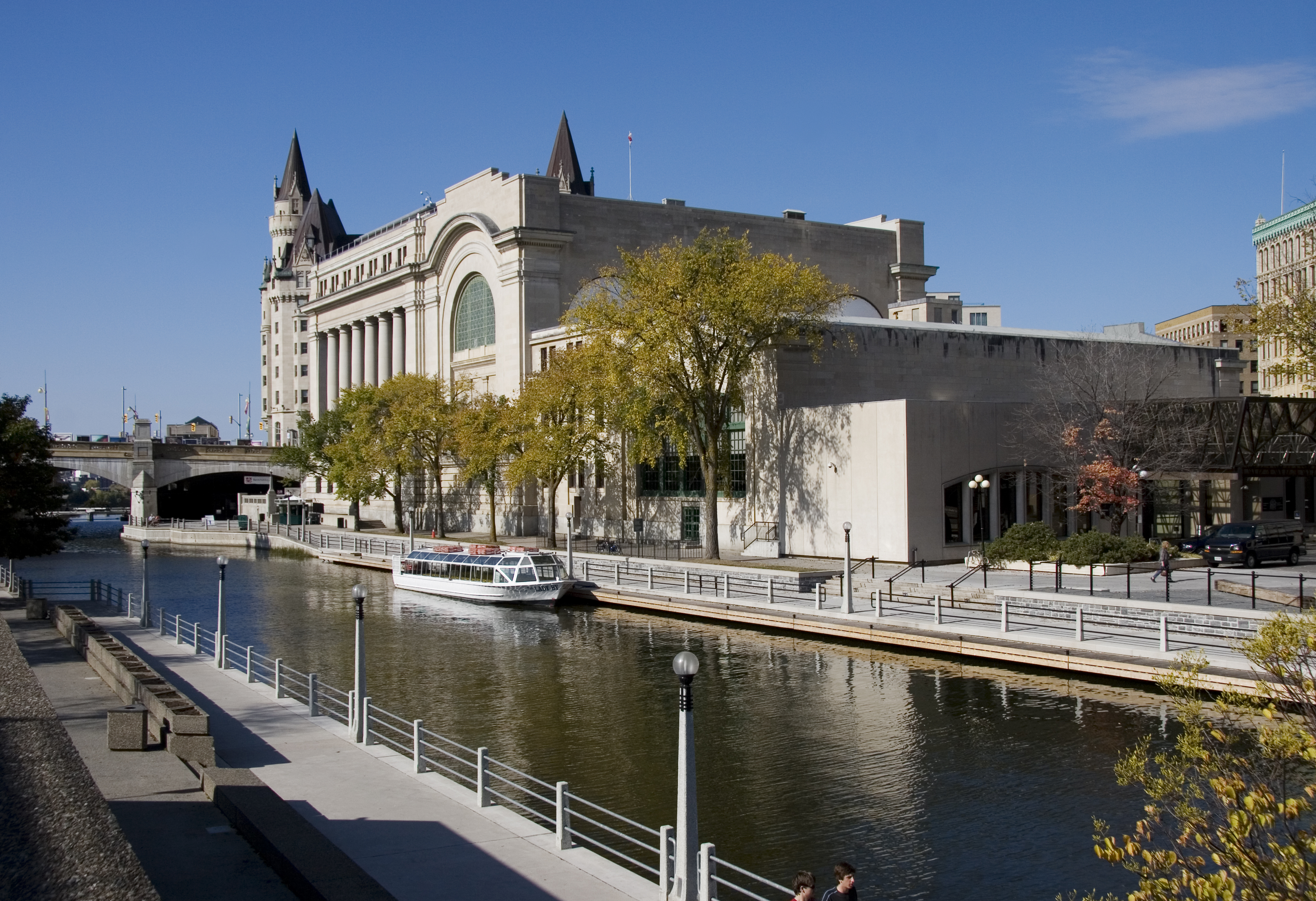Last July, I was among the many archivists who, seduced by legends of the land of milk and honey food trucks and microbreweries, braved the Oregon Trail to attend the 2017 Society of American Archivists conference in Portland OR.
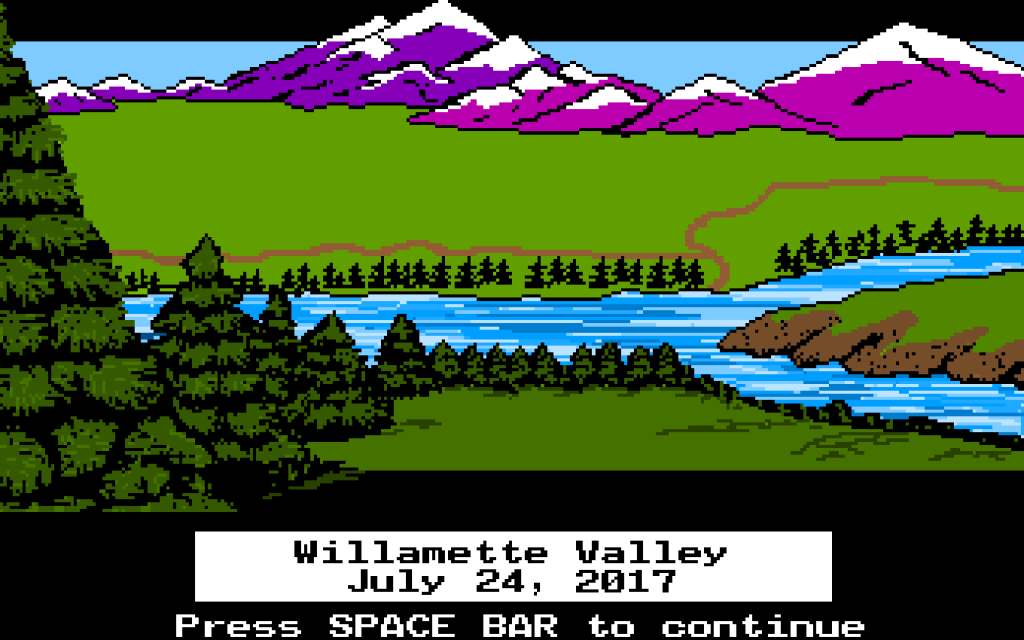
The first half of the week was taken up by a two day workshop on arrangement and description of digital archives, led by Carol Kussman (University of Minnesota Libraries) and Chris Prom (University of Illinois at Urbana-Champaign). This was an excellent opportunity to assess our current practices at the Archives, to measure the maturity of our own digital preservation program against other institutions of different scales and to get an idea of how we rate relative to other programs. The workshop was very popular – SAA ultimately expanded the number of seats available due to the demand.
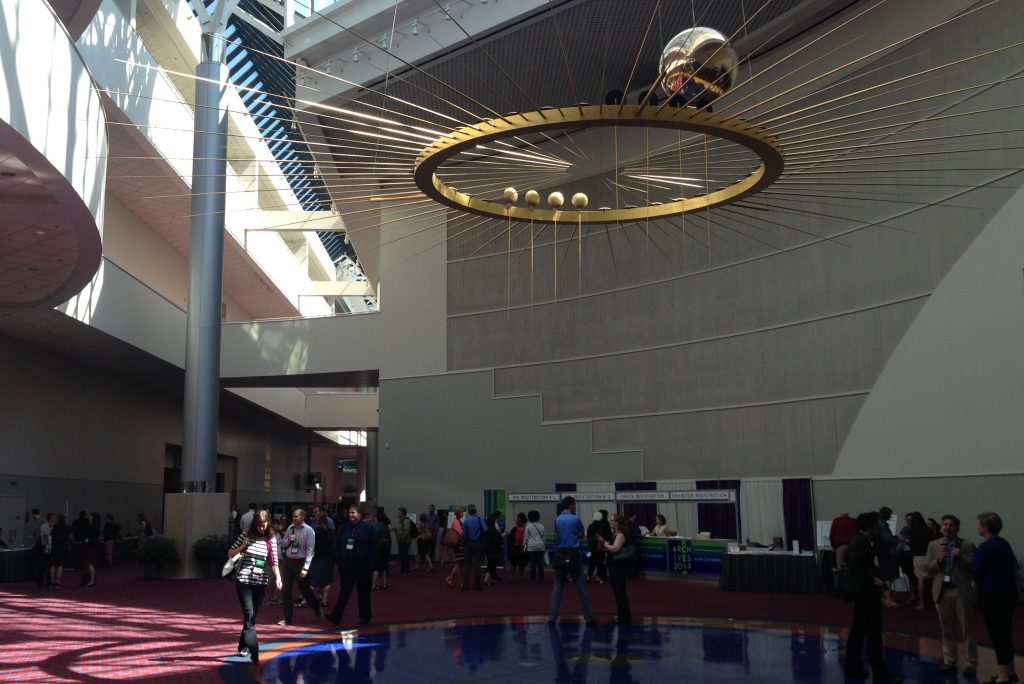
The remainder of the week was occupied by conference sessions. Some of the highlights from the many sessions I attended included:
The Future of Appraisal and Processing of Digital Materials: Software, Strategies, and Scalability. Because of the intangible nature of digital records, it can be difficult to develop a holistic feel for the nature and character of a fonds that only exists on a hard drive. The presentations examined different visualization tools, such as tree viewers that can be used to get a better understanding of the number, size, and distribution of various file types present on a physical medium, and techniques like perceptual hashing that can identify files that have similar content. These can help provide the big picture view of the content and structure of a digital accession.
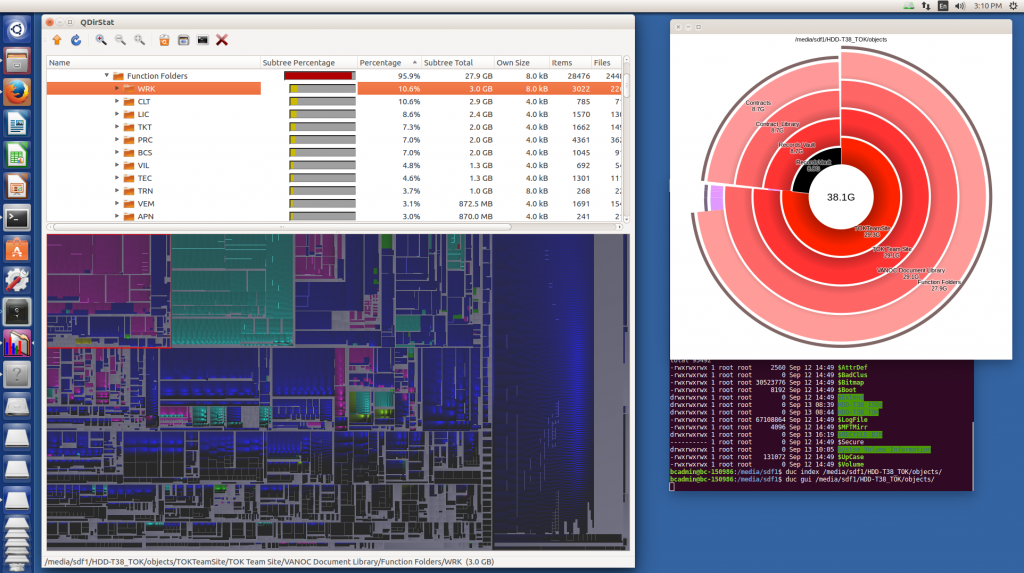
Navigating the Digital Maze of Visual Material Description and Access. An underlying theme of this session was that traditional approaches to making visual records accessible are being called into question due to their ever-increasing numbers and their integration into all kinds of records. The presenters were consistent in discussing the need for accurate and appropriate metadata. The utility of traditional arrangement was also called into question, with several presenters suggesting that links between descriptions need to be considered in terms of loops or interconnected nodes, rather than branching hierarchies that terminate in dead ends.
Systems Integration and the Archival Enterprise. This session discussed the pros and cons of extending the capabilities of existing archival processing, management and access systems vs. integrating with other systems. A valuable takeaway was the concept of establishing a “System of Record” when it is necessary to have multiple metadata systems.
Building Better Bridges: Strategies and Best Practices for Engaging Archival Communities. This session was a series of lightning talks that discussed institutions’ efforts at community outreach. My favorite idea was The Archives Bazaar – an event wherein multiple archives from across a region get together at a single location to exhibit select parts of their collections and talk with each other and with the community about what each institution has and how they relate to each other.
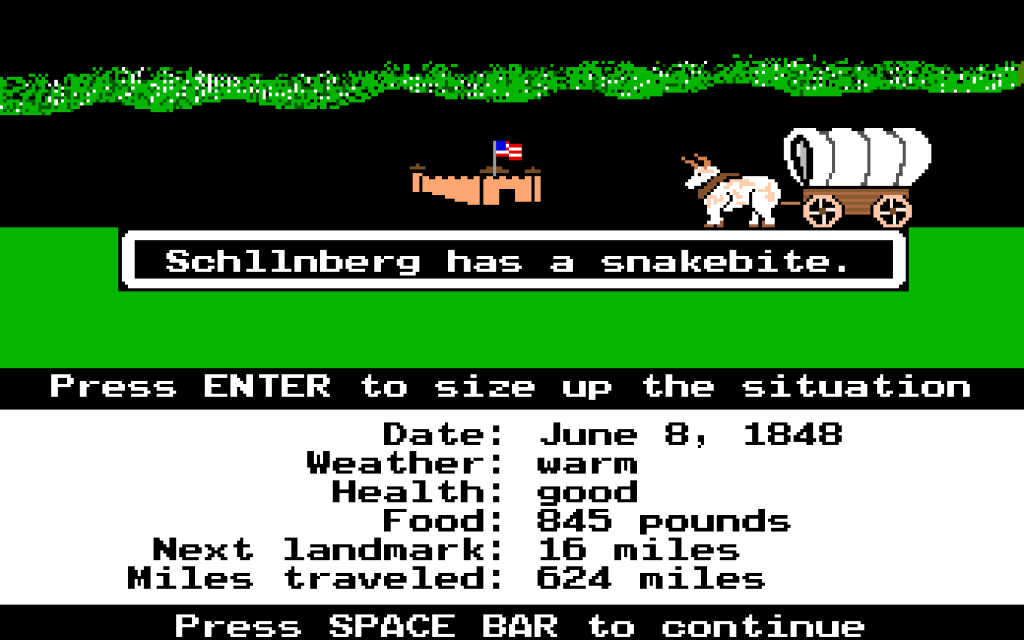
Portland is a great city, and there was no lack of things to do and see in the off-time. I even got to get experience a different kind of digital preservation when I visited Ground Kontrol – a video arcade filled with classic arcade machines from 80s and 90s. Congratulations to the presenters and organizers of SAA 2017 for putting on a great conference.


